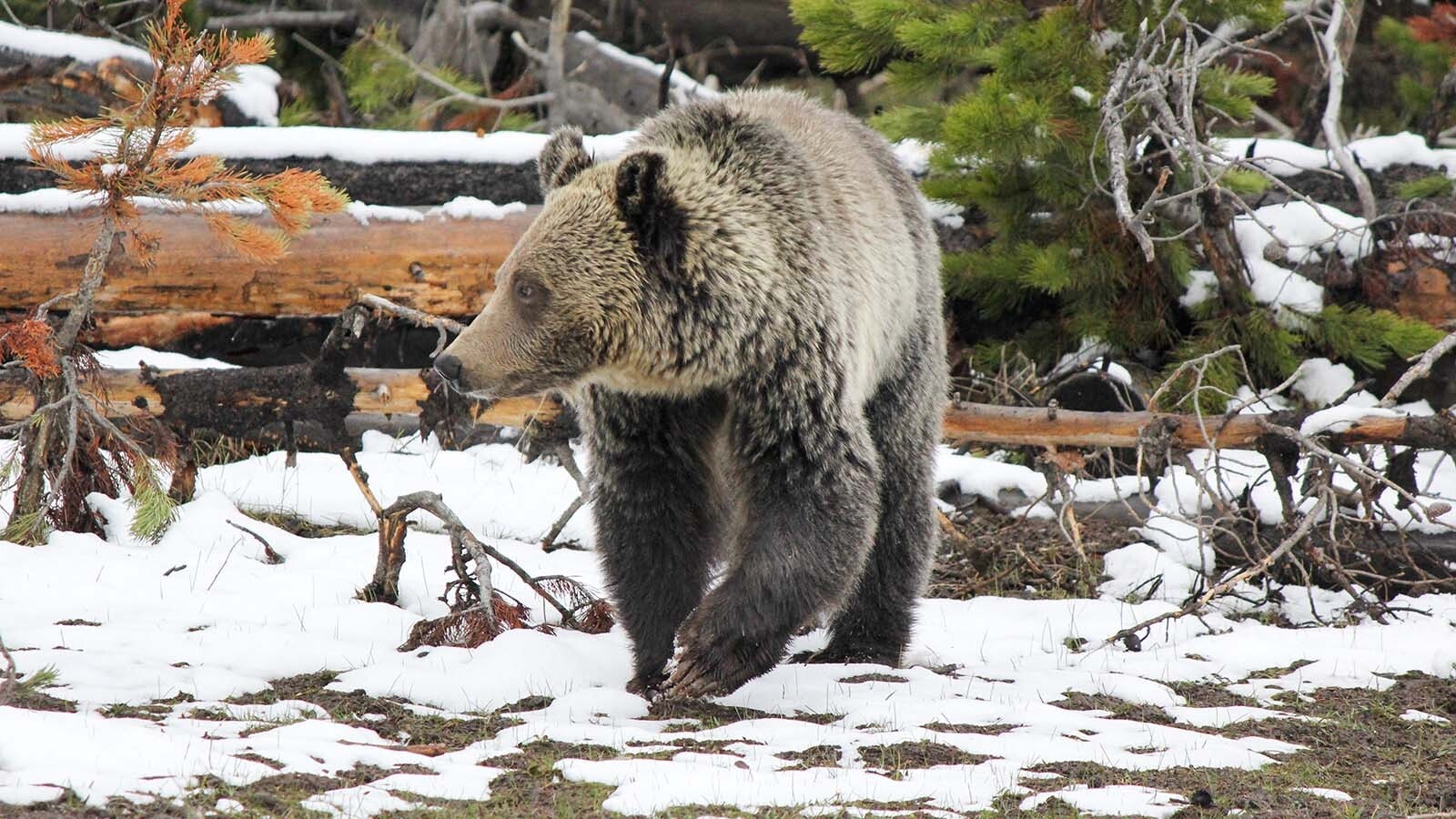A section of the Second Tower on Grand Teton has collapsed — again.
Jenny Lake Rangers, the search and rescue team stationed in Grand Teton National Park, observed what it calls “multiple major spontaneous rockfalls” in the Teton Range over the weekend. The most significant of these was “a large part” of the Second Tower.
“The Second Tower, specifically, is now a repeat offender,” the group said in a statement. “In September 2022, a significantly larger portion of the formation collapsed. At this time, it is not known if the East Ridge climbing route has been impacted.”
According to the Rangers, multiple people reported intermittent rockfall in the vicinity of the Second Tower for 48 hours after the initial collapse.
There’s now a large debris field from the collapse that is visible from the valley on the Tepee Glacier located on the northeast face of Tepee Pillar, the peak adjacent to Grand Teton. It’s a stark reminder of the hazards of hiking and climbing in the Teton Range.
Up And Down
Mountains rise and mountains fall. That’s the nature of mountain building, especially in a geologically young range like the Tetons.
“Mountain ranges are constantly evolving and changing,” Simeon Caskey, chief geologist at Grand Teton National Park, told Cowboy State Daily in 2023. “Rockfall is an aspect of it, especially with younger mountain ranges like the Tetons.”
Grand Teton is the tallest and most prominent peak in the Cathedral Group, the eight tallest mountains in the Teton Range. Rockfalls and landslides are common enough, but experienced climbers have noticed an increase in the last several years.
Wesley Gooch, author of “Rock Climbing Jackson Hole & Pinedale, Wyoming — A Day Climber's Guide,” has never climbed the South Tower on Grand Teton.
“That tower has been climbed a million and a half times,” he said. “I want to go explore new stuff.”
Nevertheless, as someone who’s frequently climbing and scrambling throughout the Teton Range, he knows that rockfalls are a constant hazard. They’re always falling to pieces.
“I've been hit by rockfalls while driving on the highway at the base of the mountains,” he said. “I have a scar on my head from a fight with a mountain. You can't go anywhere without getting hit by rockfall.”
Freeze-Thaw
One of the contributing factors to rockfalls is the freeze-thaw cycle that happens at high elevations. When water freezes, its expansion into ice can cause cracks in the rock to form or grow, leading to rockfalls.
The Jenny Lake Rangers report that incidents like the partial collapse of the Second Tower “have been observed with higher frequency in recent years.” The freeze-thaw cycle can contribute to these incidents, although rockfalls are always “highly unpredictable.”
Caskey classified most of this evidence as “anecdotal,” but also acknowledged reports of incidents in the Cathedral Group have increased.
“While we don't have quantitative data to point at what is causing rockfall in the Teton Range, a number of things drive it,” he said. “We know from anecdotal observation that a lot of this activity has been in the core of the range, in the Cathedral Group, which is the most visited.”
Gooch said the freeze-thaw cycle is a “year-round” threat, but especially potent during the summer months when days get warm and nights get cold at the 13,775-foot summit of Grand Teton.
“It will rain at night, freeze, and then the sun will come out and it will melt it,” he said. “That’s the window of time where rock starts to come down, and it happens on a regular basis.”
Here Today, Gone Tomorrow?
The last partial collapse of the Second Tower left it in a precarious position on Grand Teton. Photos of the Second Tower before and after the weekend collapse show the extent of the damage.
The Second Tower was greatly diminished by its last collapse in September 2022. Multiple rockfalls and several tons of material were reported between Sept. 6 and Sept. 11 that year.
“Half the feature has fallen off,” Caskey said in 2022.
Gooch thinks it’s only a matter of time until the Second Tower collapses altogether. He cited a similar incident in Yosemite National Park that permanently changed a famous climbing route on the iconic Half Dome in July 2015.
“There was a 1,000-foot flake that fell off on a massively famous climbing route,” he said. “Thank God nobody was on there, because they would have been squished like little bugs. But that climbing route is gone forever.”
Given the unpredictable nature of rockfalls, Gooch’s professional opinion is that rock climbers should have second thoughts about climbing the Second Tower.
“At this point, the whole thing could tip over,” he said. “Just stay away from it.”
Andrew Rossi can be reached at arossi@cowboystatedaily.com.







